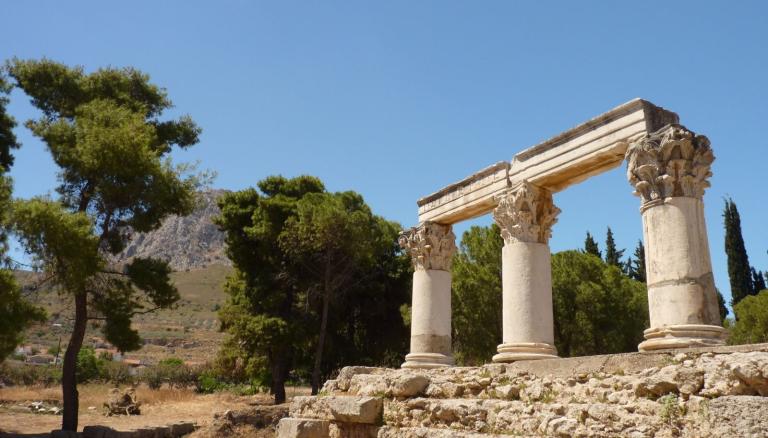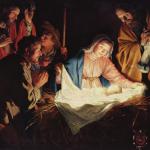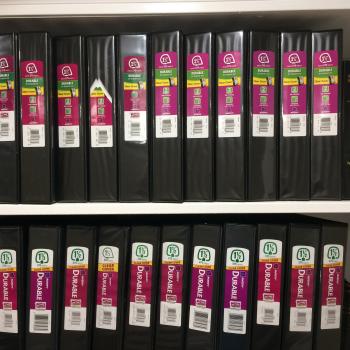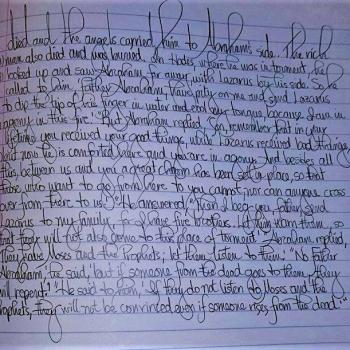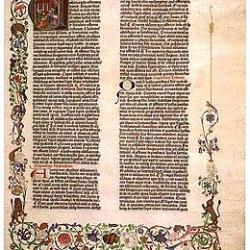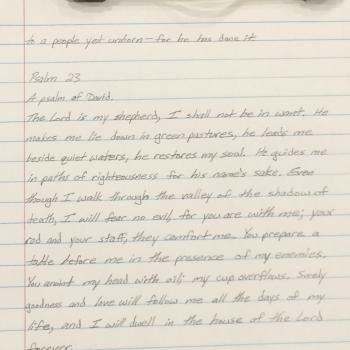News outlets have recently reported the discovery of parts of the New Testament city of Corinth in a now underwater area of the Lechaion harbor. Research by the Calsberg Foundation notes many of the academic details associated with the find.
A report in ChristianPost.com notes, “The Romans destroyed Corinth in 146 BC while conquering Greece, and Julius Caesar rebuilt the city and its harbours in 44 BC. The port was hit by an earthquake around the early 7th century AD, but wooden foundations in the area are well preserved as well as some artifacts.”
For New Testament readers, the city of Corinth is a familiar location. Paul wrote two letter to Christians in this city. 1 Corinthians consists of 16 chapters covering diverse and controversial topics, especially in relation to spiritual gifts (chapters 12 and 14).
Chapter 13 also offers one of the most quoted chapters of the Bible, focused on the theme of love. it remains a standard part of most wedding ceremonies today.
Personally, I enjoy once again seeing historical information that connects with the book that serves as the foundation of my faith. Paul wrote his first letter to the Corinthian Christians in around 55, a mere 20 years after the resurrection. In chapter 15, he claims more than 500 people saw the risen Jesus at one time–and that most were still alive we at the time of his writing. Further, this letter was written to a church Paul helped start in Corinth in about 52.
Yet these traditions reach even further back. Paul taught elsewhere his message was the same as the message Peter taught when they met three years after the conversion of Paul around 33-35 (Galatians 1:18). Peter and the apostles had already been teaching this message before this time, before Paul’s conversion. Paul even persecuted early Christians in Jerusalem who were regularly observing baptism and communion in the first years of the Christian movement.
This indicates spoken teachings and physical actions to remember the death and resurrection of Jesus very closely connected to the events. This recent discovery of Corinth reminds us these teaching soon spread to other parts of the Roman Empire in spoken and written form during a time when many of the eyewitnesses remained alive. The New Testament we hold today was closely connected to the eyewitnesses of the events, evidence that should encourage our faith still today.
+++
Dillon Burroughs is the author and coauthor of numerous books and blogs about his experiences of handwriting the Bible at the Holy Writ Project on Patheos.com. Find out more about Dillon at Facebook or Twitter.

